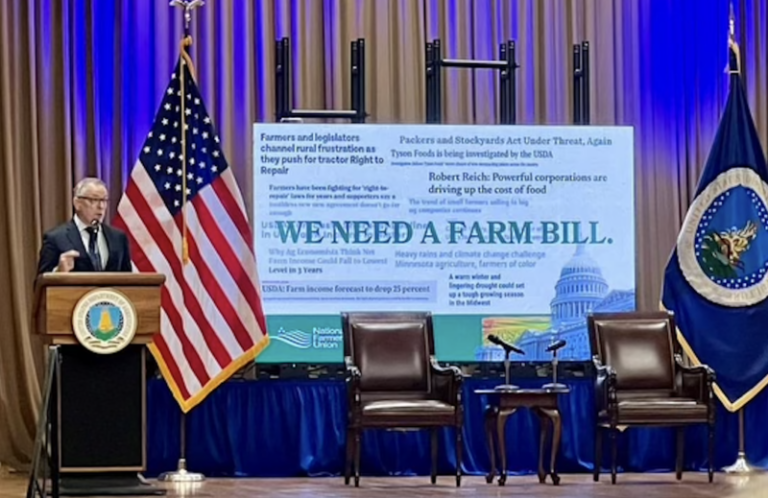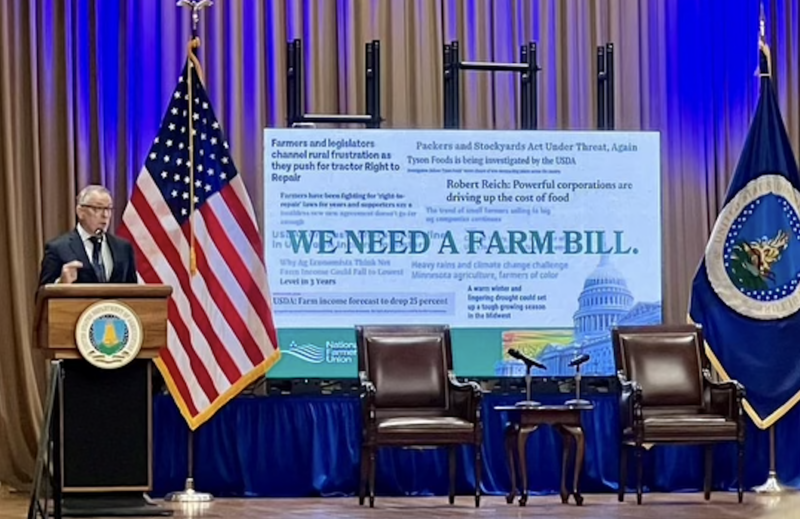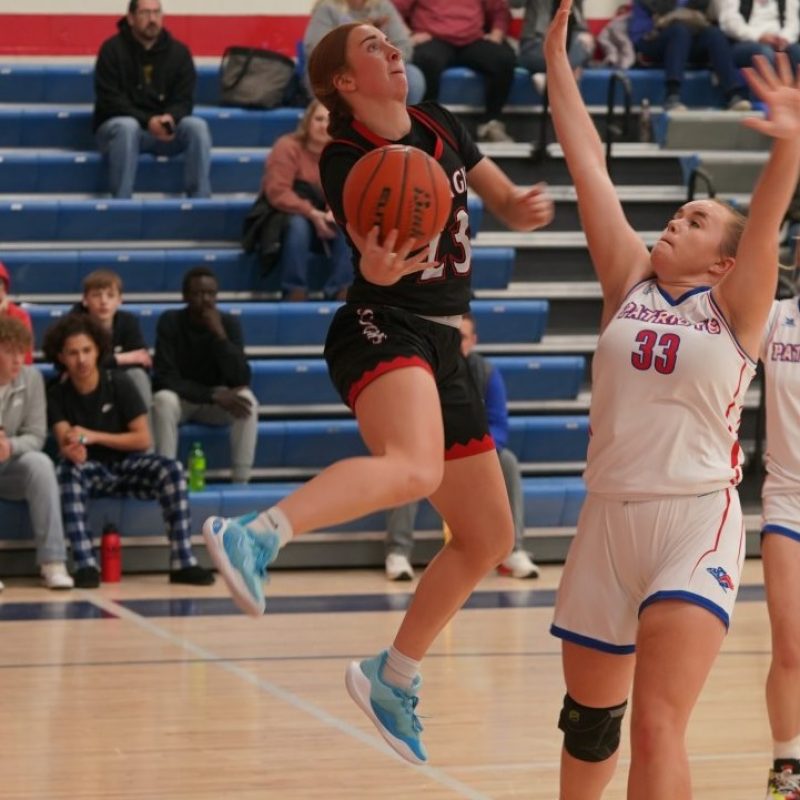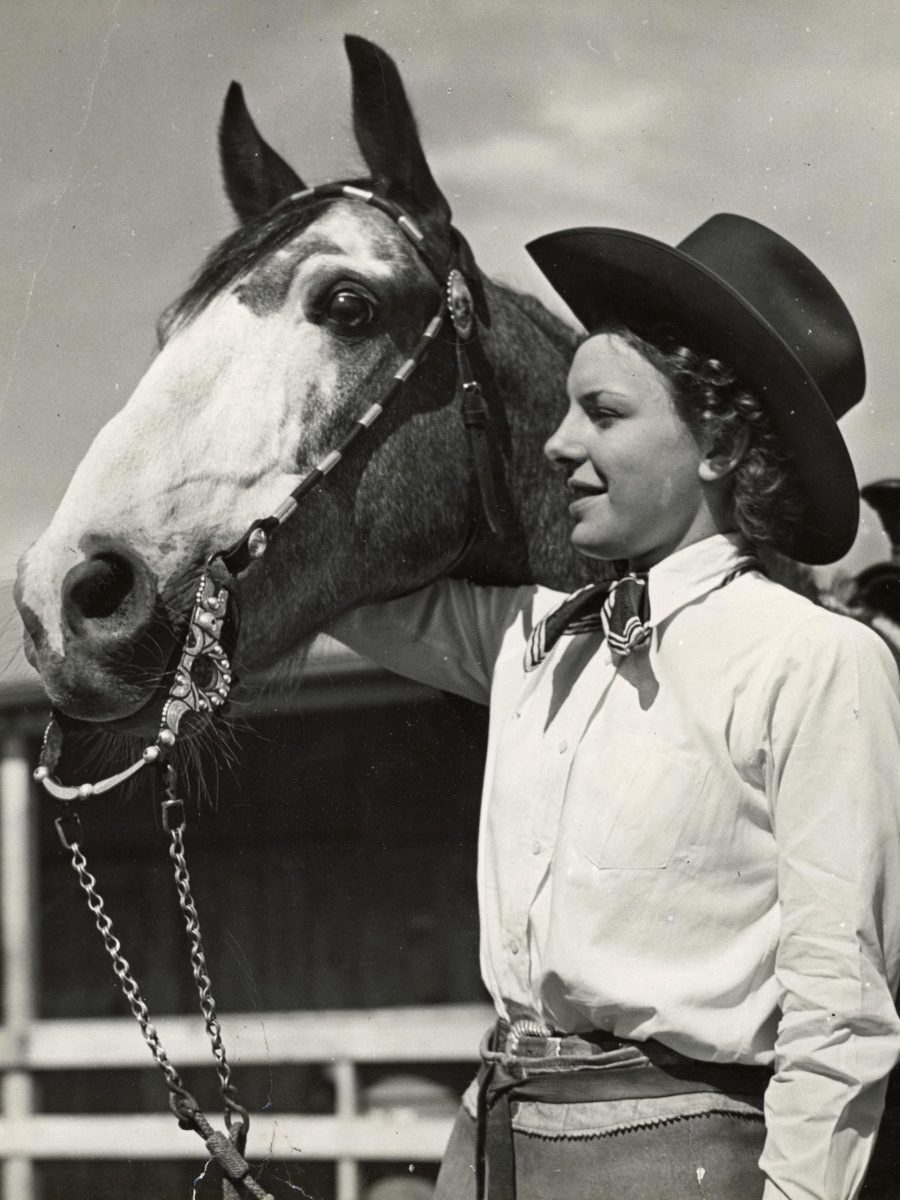STURGIS, SD – A wide-ranging spring blizzard covering parts of Montana and South Dakota and most of North Dakota may very well be a drought-breaker. But it’s also bound to be a heart-breaker. The storm has dumped over two feet of blowing snow in some areas where spring calving is underway. Larry Kahl is a fieldman with Kist Livestock Market in Mandan, ND.
“It’s ugly out there,” he says. “A lot of guys just started calving. Some guys are getting 20 to 30 calves a day – before this even started. They’re losing calves. They’re picking up what calves they can as they’re born and getting them to a barn and leaving the cows. That presents its own problems. You go any place, you’re knee-deep in snow. And that’s without the wind.”
Julie Ellingson, the executive vice president of the North Dakota Stockmen’s Association, says storms of this magnitude are very significant for ranchers as they continue to care for their cattle, but this storm is arriving in the middle of calving season. Ellingson says this leaves newborn livestock in a vulnerable position.
Monitoring similar conditions in those parts of north, northwest and northcentral South Dakota, where as in North Dakota many roads remain closed due to blowing and drifting snow as of Thursday morning, is James Halverson, executive director of the South Dakota Stockgrowers Association.
“Its tough out there,” said Halverson. “There are a lot of guys calving and it’s hard to keep thos animals alive and healthy.” He continued, “I’ve seen pictures and heard reports of calf shelters being almost buried in the snow, people having to dig out calves so they find their momma’s and get as many cows inside as they can. But a lot of people don’t have the space or facilities to do that.”

While Kahl, who lives west of Mandan, is already hearing of losses, he is also hearing optimism about the much-needed moisture. The region the storm has dumped snow in is now in the second year of a devastating drought. Over 54% of the state is considered in a drought, according to the U.S. Drought Monitor and much of that is located where the storm came in.
“Its so dry. Everybody is out of grass, there is no extra hay, the dams are empty,” observed Kahl. “Without this moisture, people would be selling more cows on account of the grass situation. This snow is melting as we speak and there’s going to be grass.
North Dakota Farm Bureau President Daryl Lies, in an interview with Brownfield Ag News, said, “I’ll tell you what, it’s equally if not more tough to have to sell that herd if we don’t get some moisture, so it is a double-edged sword but it’s going to be a blessing at the end of the day, I hope.”
In South Dakota, Halverson concurs.
“I don’t know of too many guys who wouldn’t trade a tough, few days to end this drought. We sure hope that it does. Hopefully, we’ve turned a corner here.”
See more news on the blizzard and information for applying to the Livestock Indemnity Program (LIP) www.KBHBRadio.com. Listen to interview ON DEMAND
Disaster Claim Information
Livestock losses due to eligible adverse weather events may qualify for payment through the Livestock Indemnity Program (LIP), a permanent disaster program offered through Farm Service Agency (FSA). LIP is focused on livestock deaths in excess of normal mortality caused by adverse weather or by attacks by animals reintroduced into the wild by the Federal Government. LIP payments are equal to 75 percent of the average fair market value of the livestock.
Producers who would like to apply for LIP should keep the following information in mind:
Documentation is required to prove your beginning inventory (calving books, preg-check records, insurance documents, etc.)
Evidence of the livestock death is required (photos, insurance claims, etc.)
Livestock losses must be reported to FSA within 30 days of becoming apparent
Important Links
https://www.fsa.usda.gov/state-offices/North-Dakota/index
https://www.fsa.usda.gov/programs-and-services/disaster-assistance-program/livestock-indemnity/index
https://www.benefits.gov/benefit/5978












